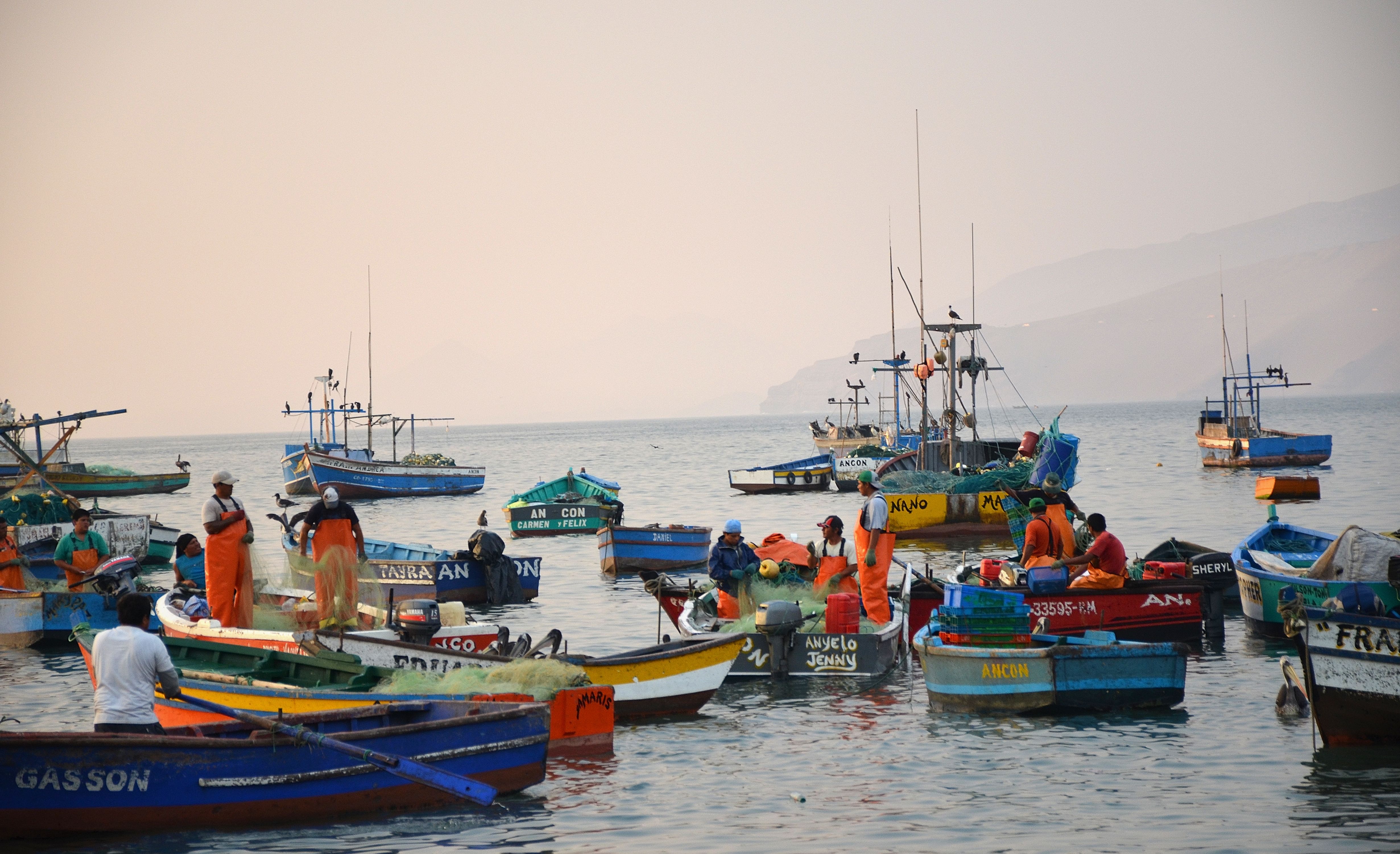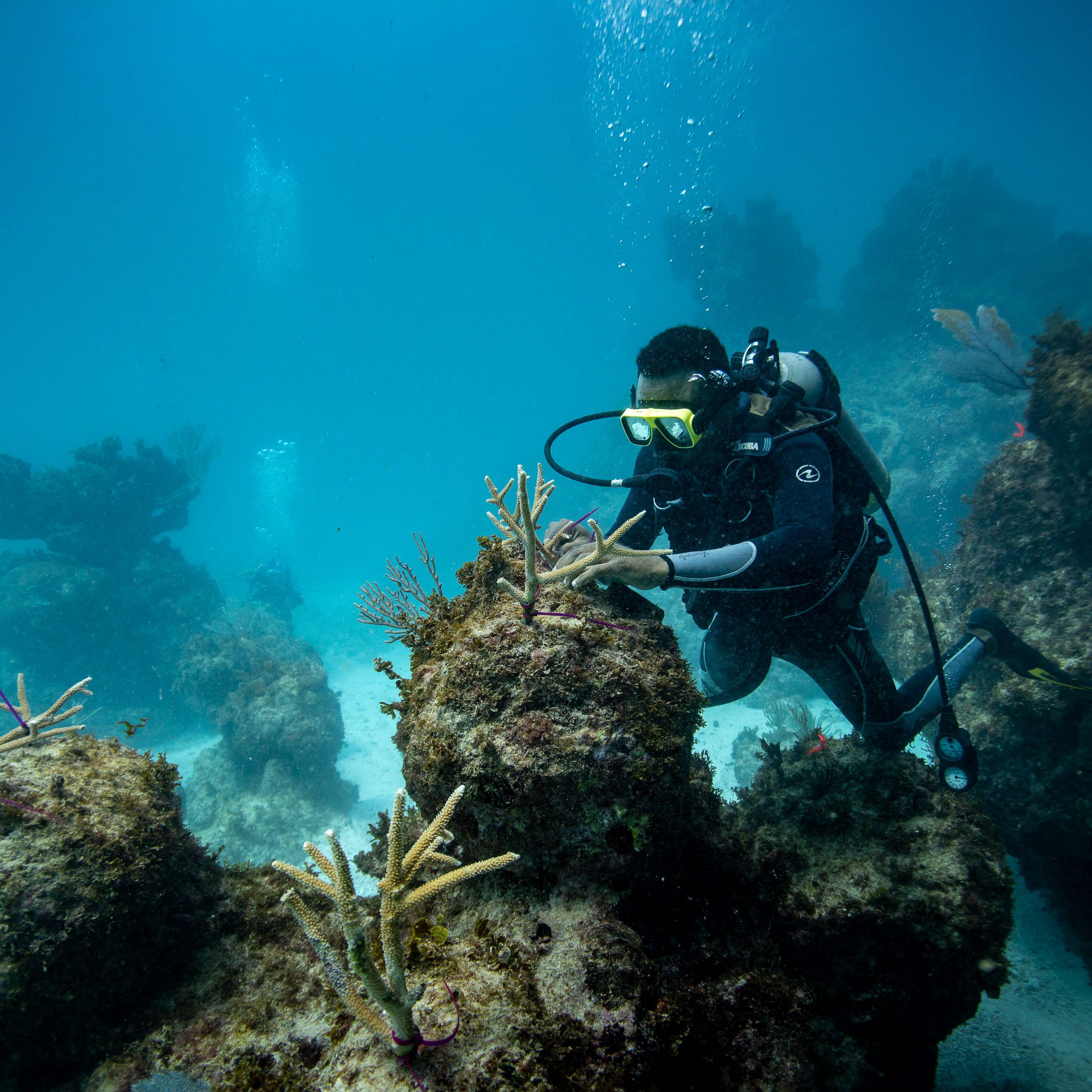
Why is the ocean so important?
No matter where we live, the ocean is essential to our lives. It supplies 50% of the oxygen we breathe and is the home to fish and other species that provide food and income for more than three billion people. Its coral reefs, oyster beds and kelp forests shelter marine life and protect our shores by breaking up wave energy and storm surges.
On the edges of the ocean, coastal wetlands—such as mangroves, salt marshes and seagrass meadows—protect our shores, too. They also draw in carbon as they grow and transfer it into their leaves, stems and the rich soils held by their roots. This “blue carbon” can remain in the soil for thousands of years. In fact, coastal wetlands store five times more carbon per hectare than rainforests, helping to limit further climate change.


But the world is changing fast. We’re seeing rapidly growing demand for food, energy and water for the more than 7 billion people on our planet—and that means more pressure on the ocean and its resources. Meanwhile, our changing climate is leading to hotter seas, more intense storms and more frequent flooding.
With half the world’s population living on or near coastlines, these changes are affecting our food, livelihoods and safety. We need to act now to restore the ocean’s health while also meeting the growing demand for seafood and jobs. And we need to safeguard coastal villages and cities while reducing the risks from climate change. The stakes have never been higher.
The World's Goal: Protect 30% of the Ocean by 2030
TNC supports the global goal of protecting 30% of the planet’s ocean, lands and freshwater over the next decade. To contribute to that goal, by 2030 TNC intends to conserve 4 billion hectares (more than 10% of the world’s ocean area) while benefitting 100 million people at severe risk of climate-related emergencies.
Our Ocean Conservation Strategies
1. We Protect and Restore Ocean Habitats
We help protect, restore and improve the management of ocean habitats by:
- Helping coastal countries create sustainable funding to protect their ocean areas (such as by refinancing billions of dollars in debt to secure conservation funds)
- Establishing new protected areas, rebuilding lost reefs and reseeding mangroves, seagrasses and kelp forests
- Sharing the latest science through online and in-person learning platforms, such as the Reef Resilience Network and Global Mangrove Watch, that reach nearly 1 million people and help them to better manage and restore critical marine ecosystems.
-
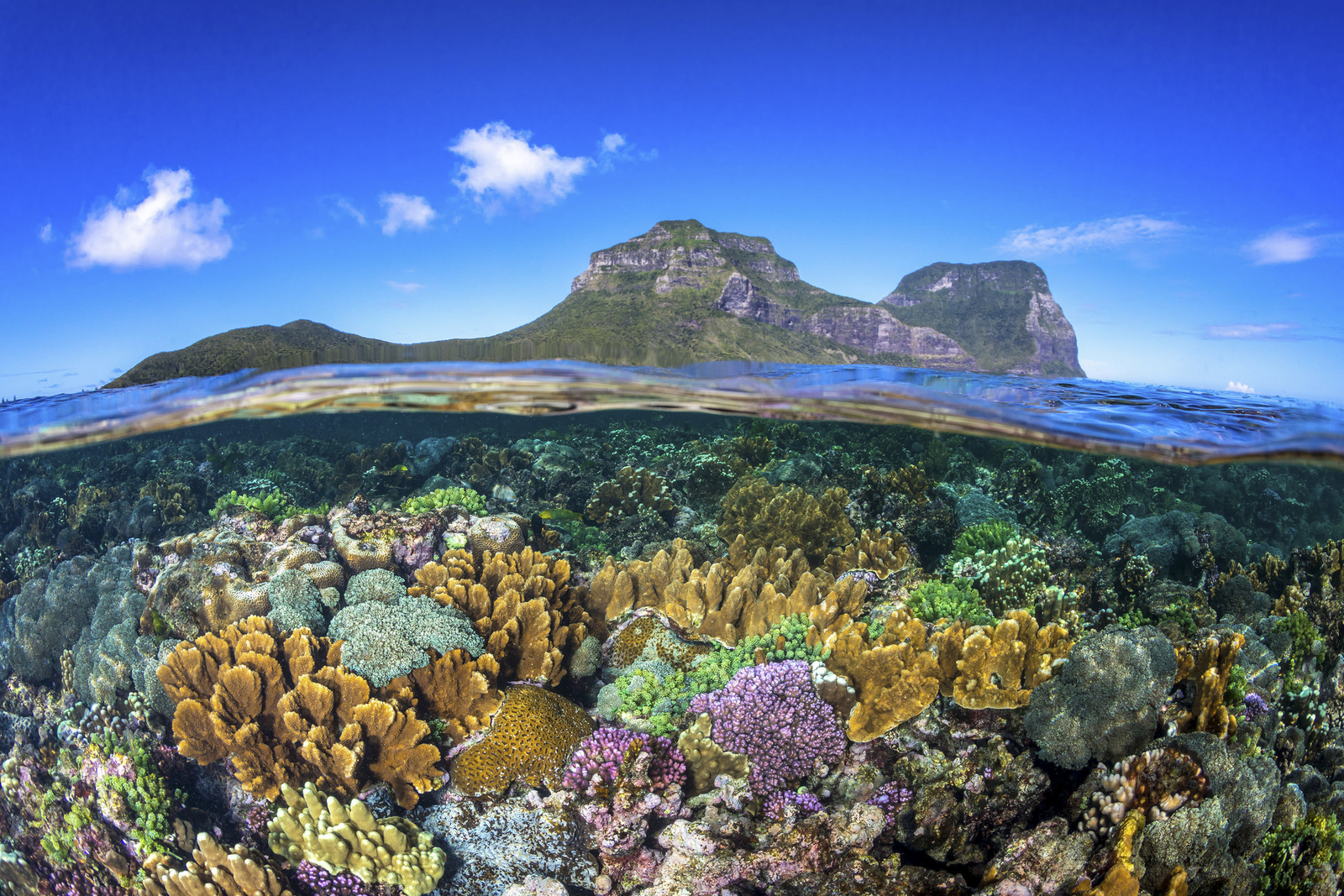
How Radical Collaboration Can Save Coral Reefs
We've already lost half the ocean's reefs—now the fate of the other half depends on governments, local communities and the private sector. Our window of opportunity is open.
-
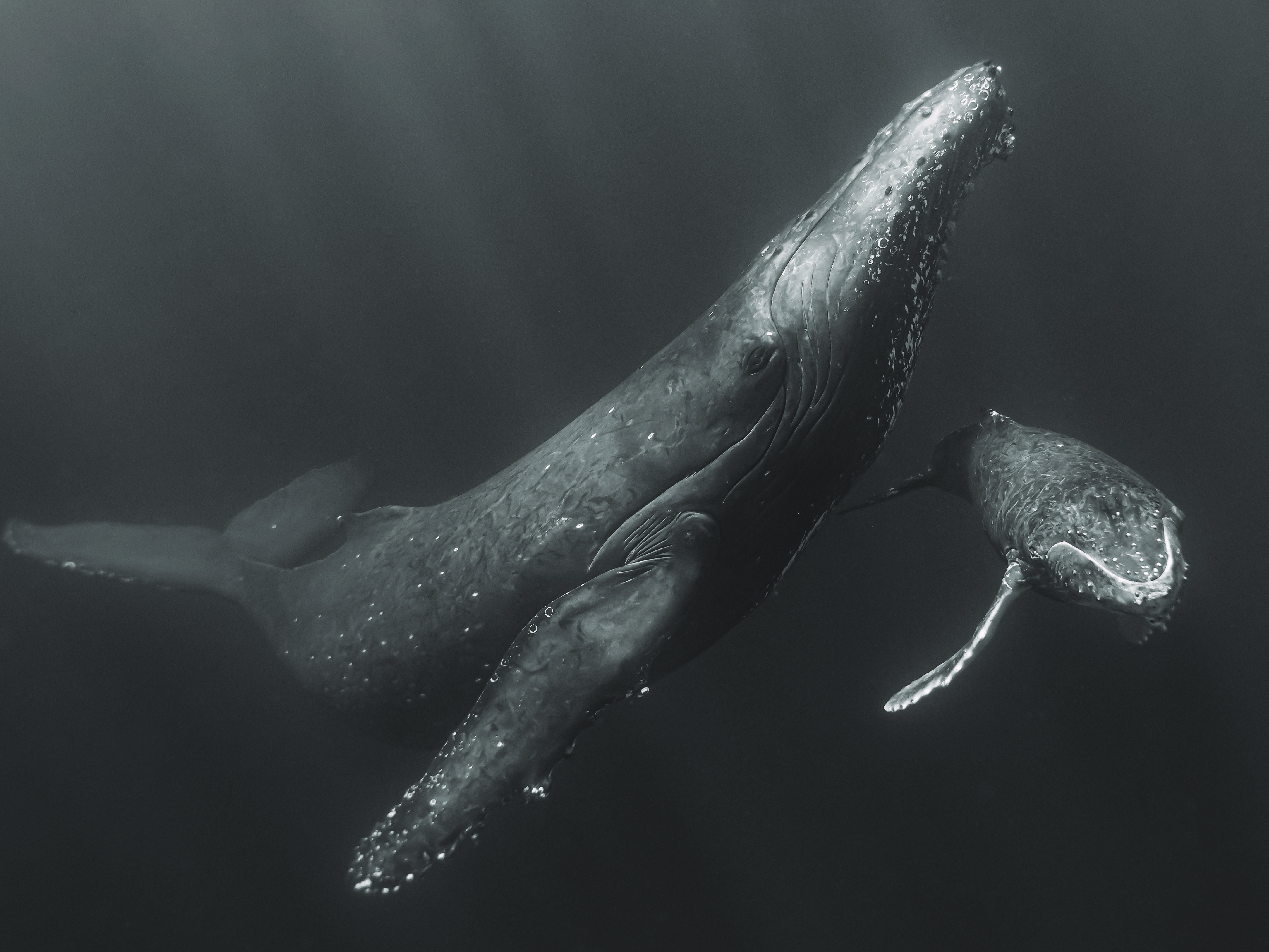
Life Depends on Marine Conservation
Ensuring our ocean remains resilient is no easy task, but protecting it is too important to the future of the planet for us not to succeed. And it is too urgent to wait any longer. We need to talk about the ocean.
-
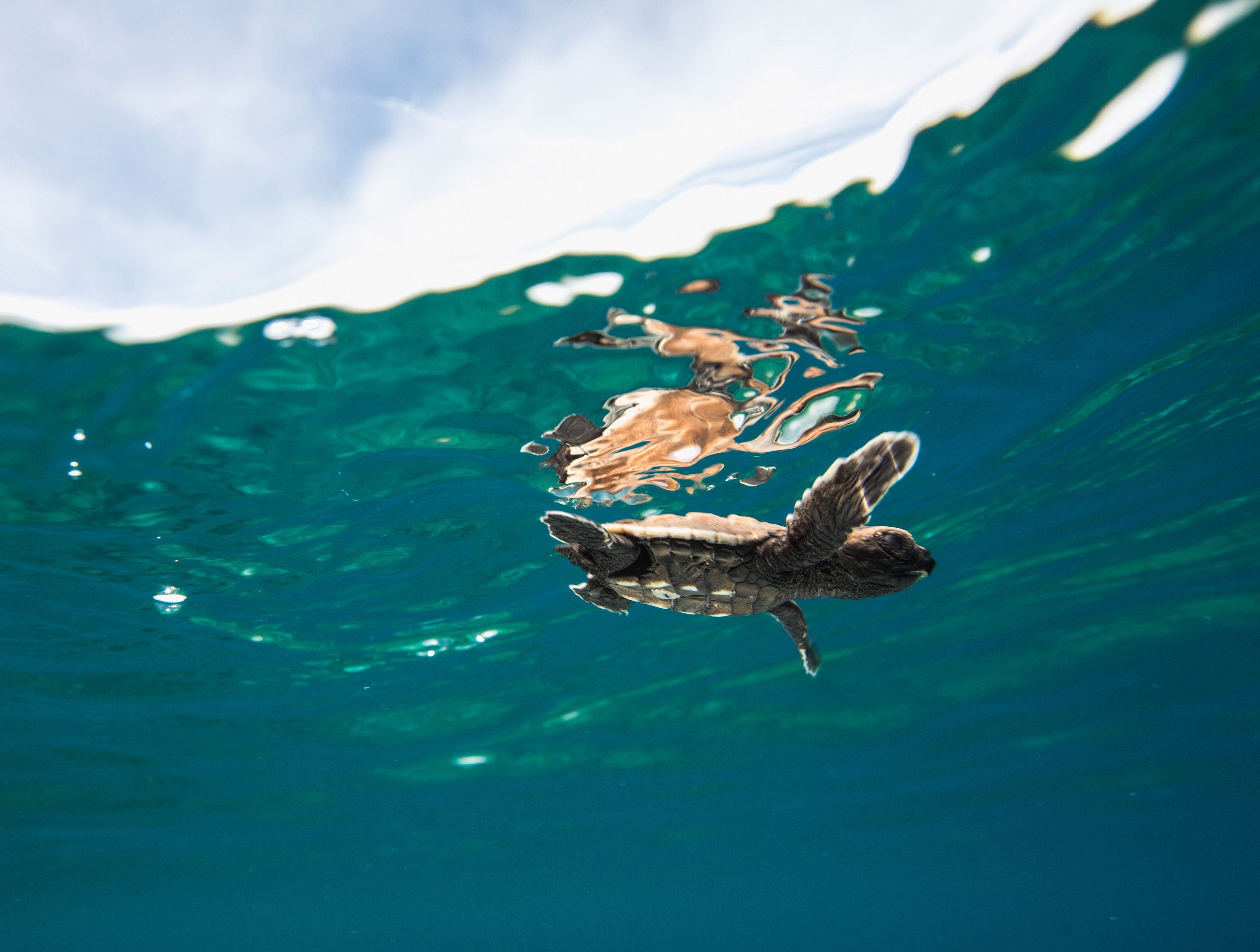
Blue Bonds: Unlocking Funding for Conservation
Smarter decisions about how we use and invest in nature for marine conservation and climate change adaptation will make a profound difference for the more than 2 billion people living in coastal regions. Our audacious plan.
2. We Address the Impacts of Climate Change on the Ocean
We tackle climate risks and build coastal resilience by:
- Helping coastal communities plan for and adapt to our changing climate through nature-based solutions, such as restoring reefs, mangroves, salt marshes and other habitats that guard against storms and flooding
- Teaming up with Stanford University and Woods Hole Oceanographic Institution to identify and protect “Super Reefs” that can survive hotter temperatures, and use them to seed new generations of resilient corals
- Financing coastal conservation through cutting-edge projects, such as blue carbon resilience credits and insurance policies for reefs and mangroves that pay out when natural disasters strike
-

Insuring Nature to Ensure a Resilient Future
How and why the world’s first coral reef insurance policy is paying to repair hurricane damages. The Reef Brigades to the rescue.
-
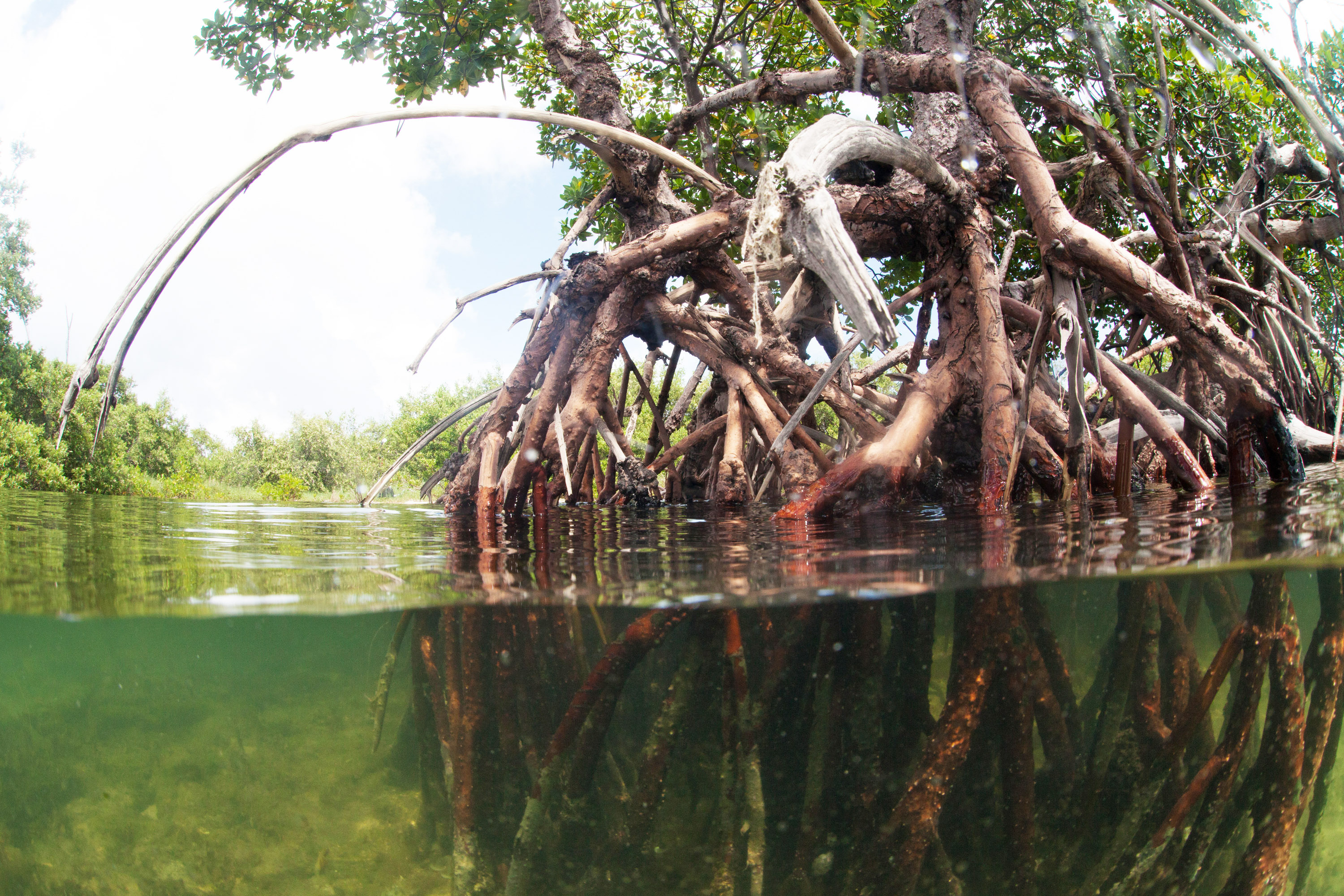
The State of the World's Mangroves
A comprehensive new report shows the benefits of mangroves and how they can be saved. It's not too late for mangroves.
-
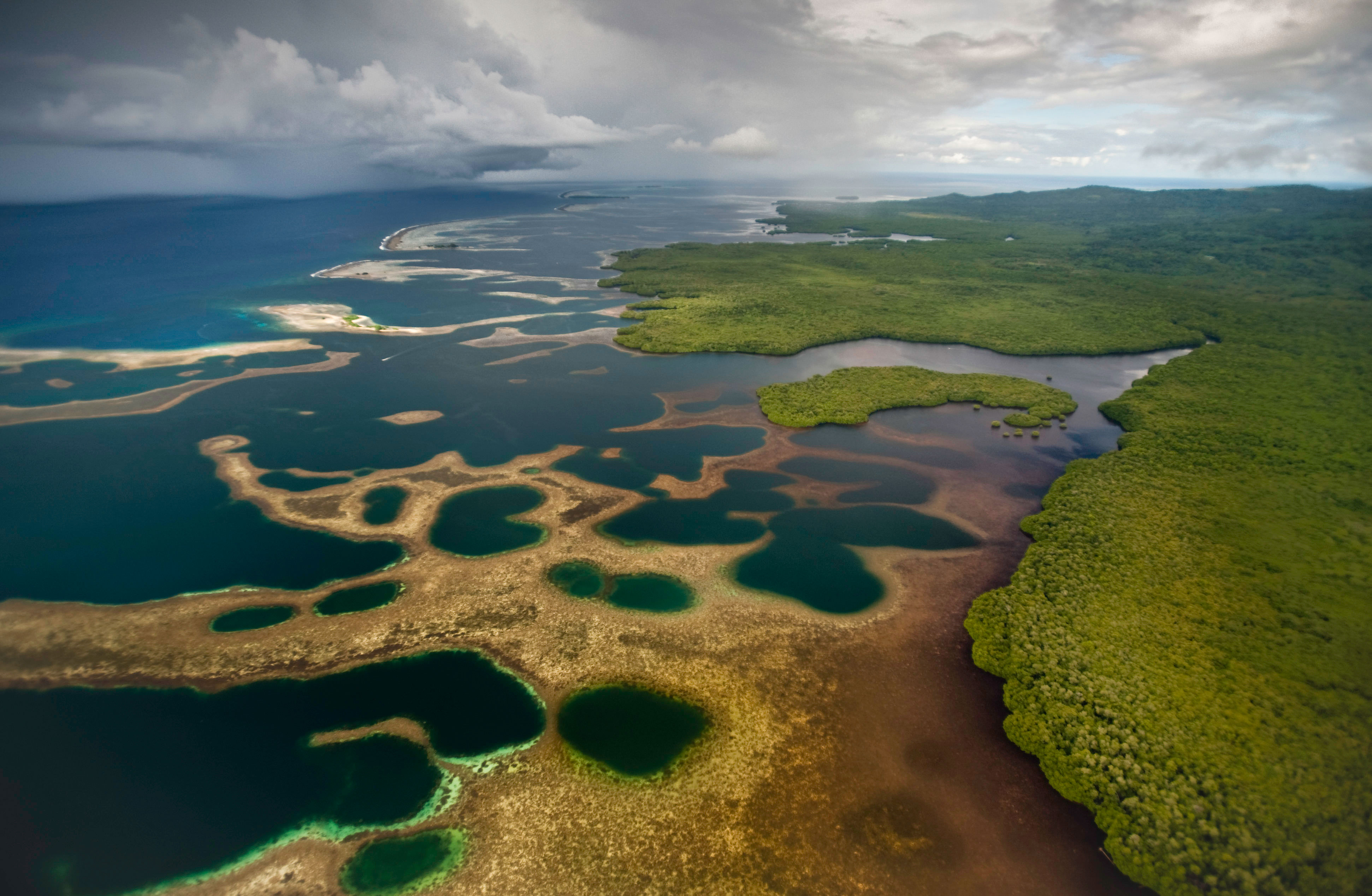
Investing in Blue Carbon for a Resilient Future
How coastal wetlands can protect communities and store a level of carbon equivalent to stopping the burning of over 2 billion barrels of oil. The enormous impact of wetlands.
3. We Support Sustainable Fisheries and Aquaculture
We work with partners to promote responsible fishing and farming, including:
- Applying the latest science to make fish and shrimp farming more sustainable and supporting seaweed and shellfish farms that benefit farmers and restore ocean health
- Using our FishPath engagement process and tool to help fisheries managers in at least 15 countries set their coastal fisheries on the path to sustainability
- Partnering with the Marshall Islands and Walmart to transform the global canned tuna supply chain, including by using technology (such as on-board video cameras and sensors) to prevent illegal fishing and limit bycatch of turtles, sharks and dolphins
-
A healthy ocean depends on sustainably managed fisheries
How TNC brings innovative solutions and science to global fisheries challenges, ensuring healthy marine and freshwater ecosystems and thriving communities. Discover our approach.
-
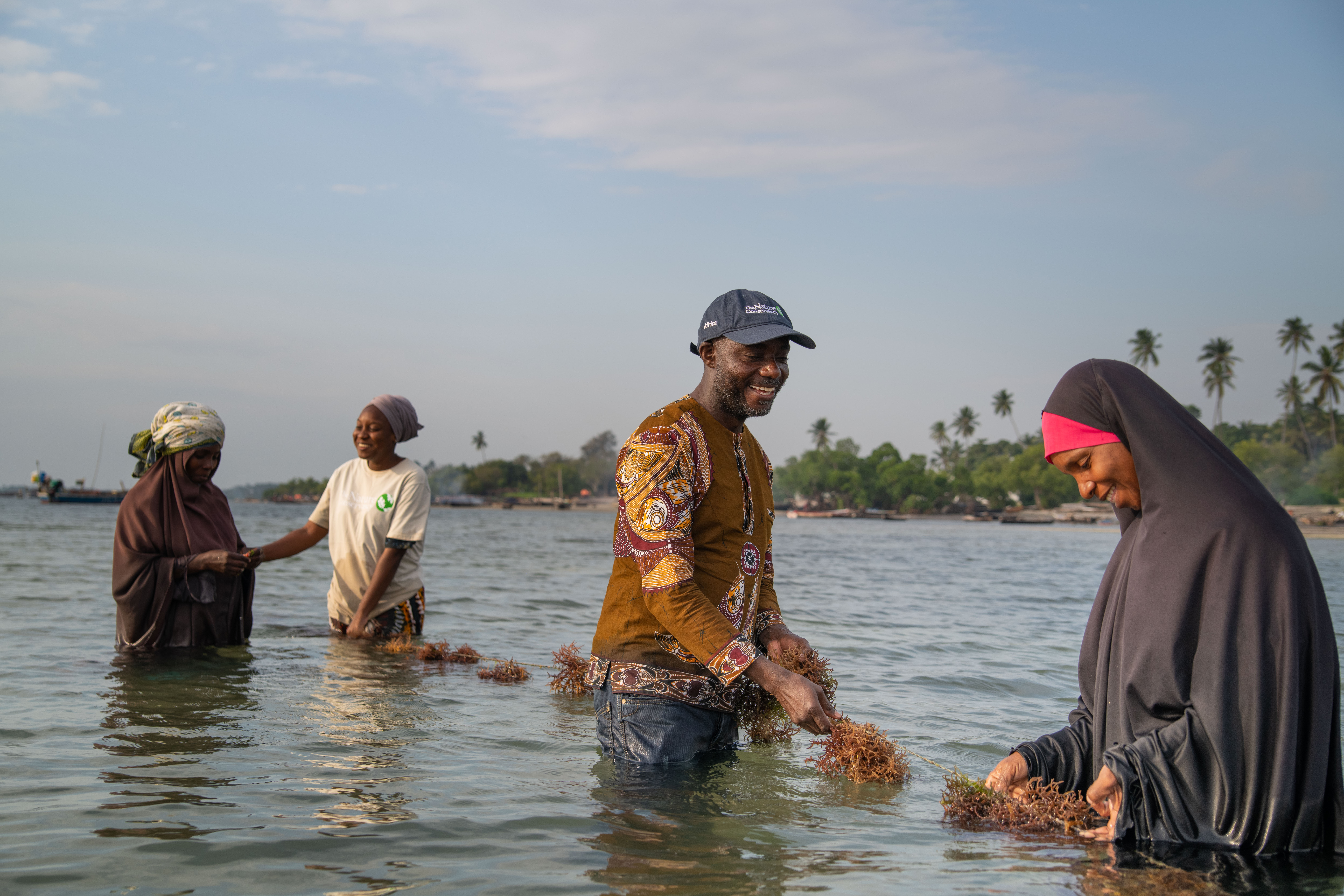
Restorative aquaculture helps nature and communities
New research shows that aquaculture can help restore ocean health, as well as support economic development and food production in coastal communities worldwide—if it's done right. Uncover the opportunity.
-
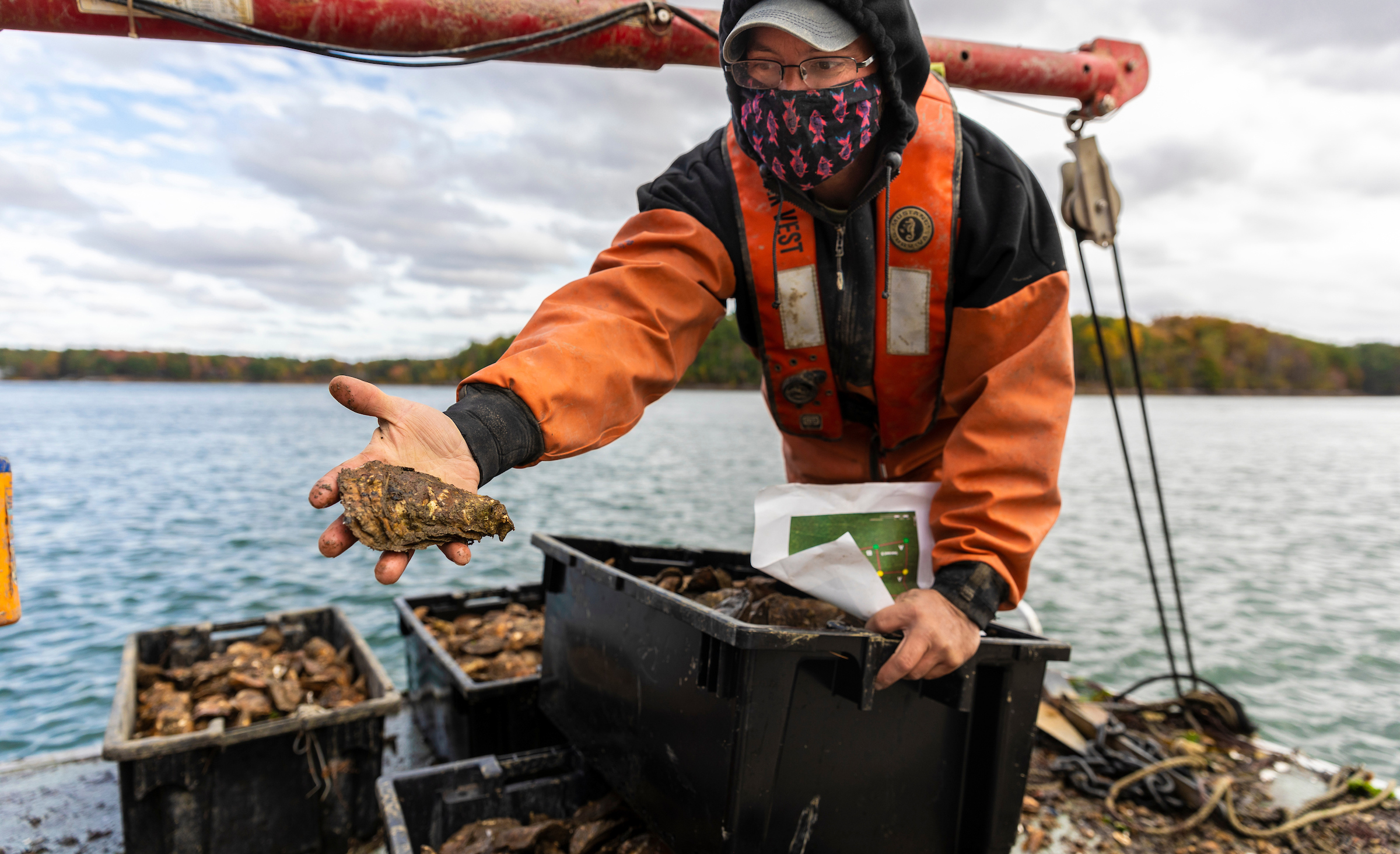
Supporting Oyster Aquaculture and Restoration (SOAR)
Why we purchased more than 5 million surplus farmed oysters to use in nearby oyster restoration projects. A win for oceans and business.
Want to know more?
Find out how we're helping to conserve Australia's landscapes and wildlife
